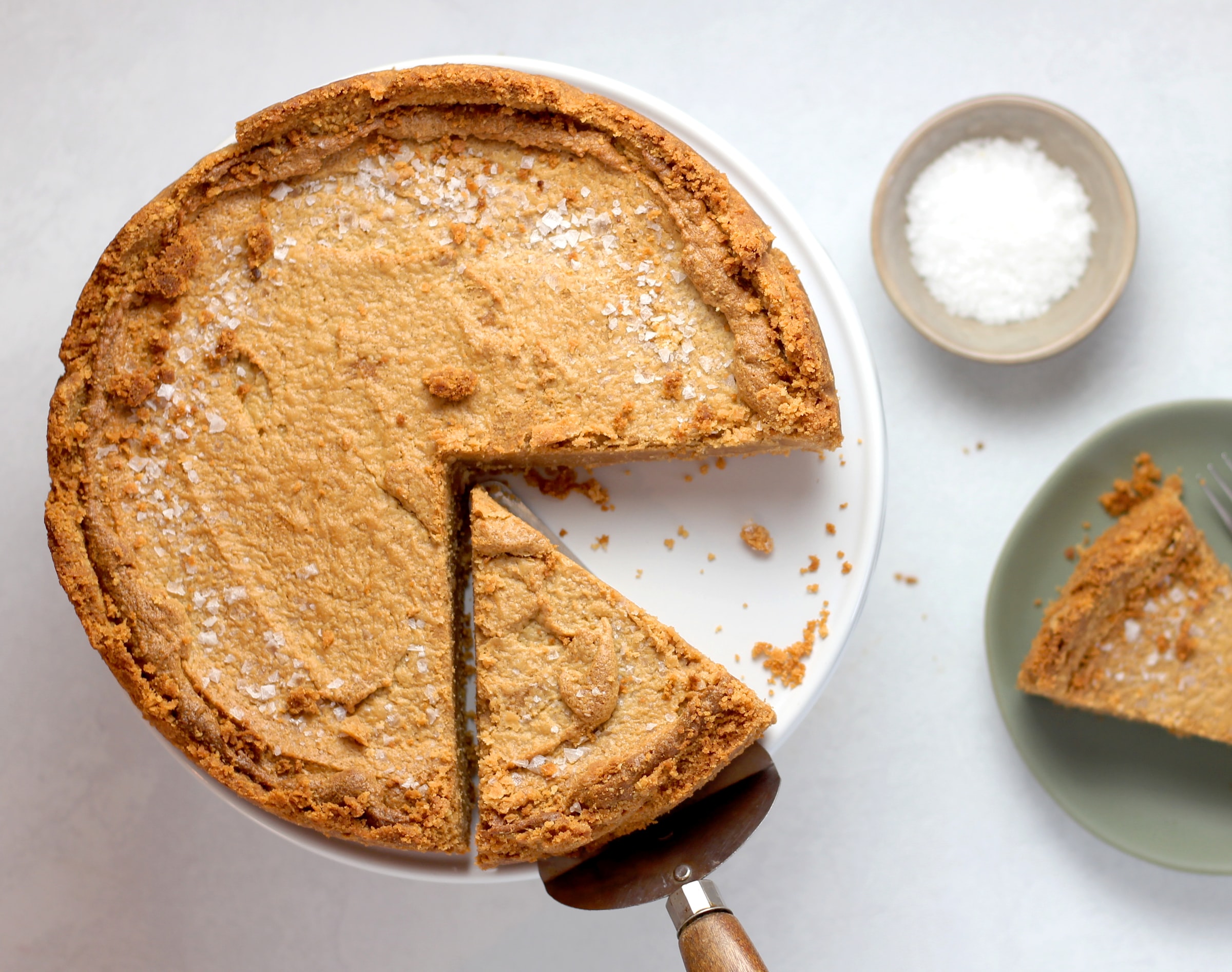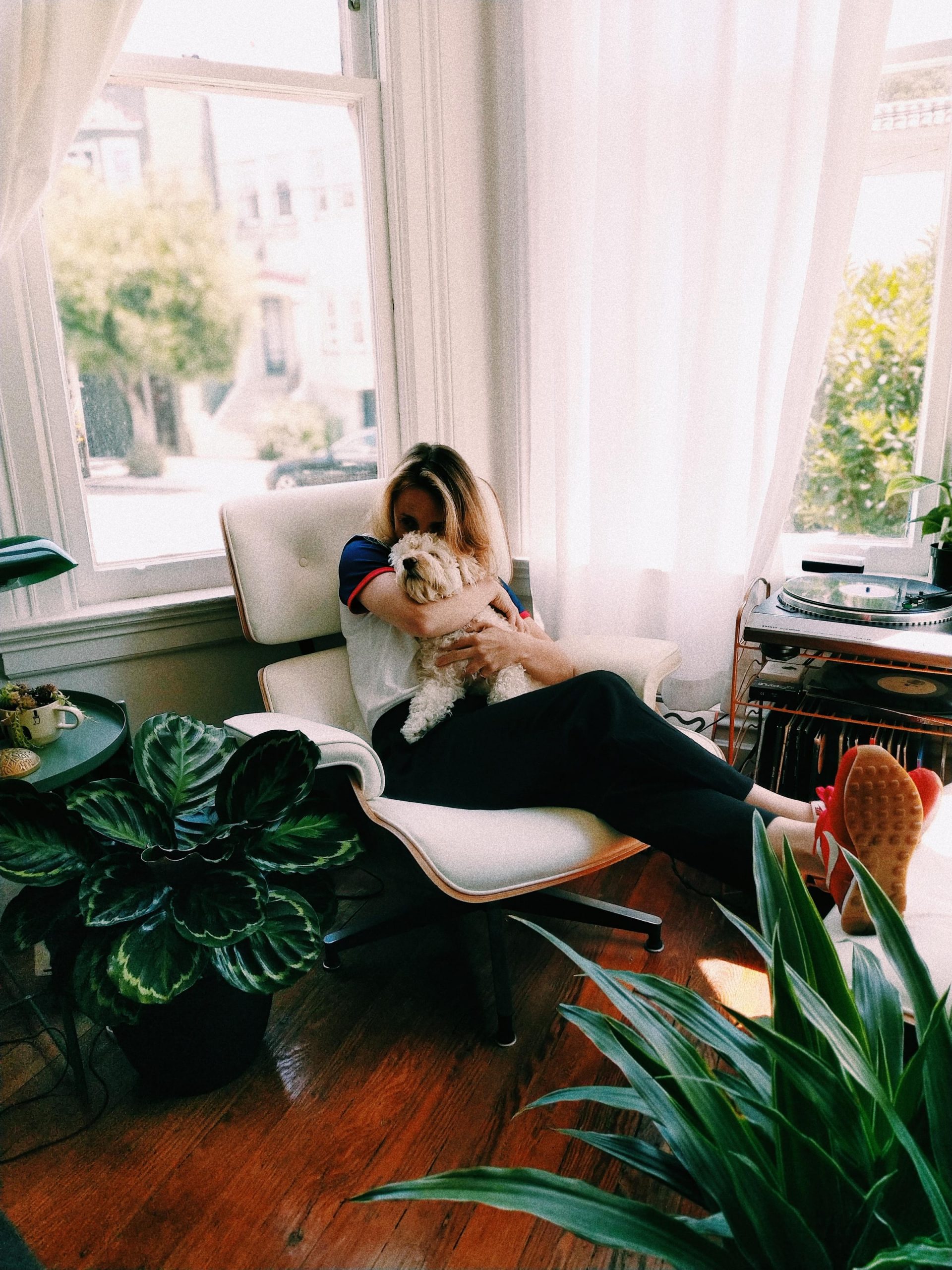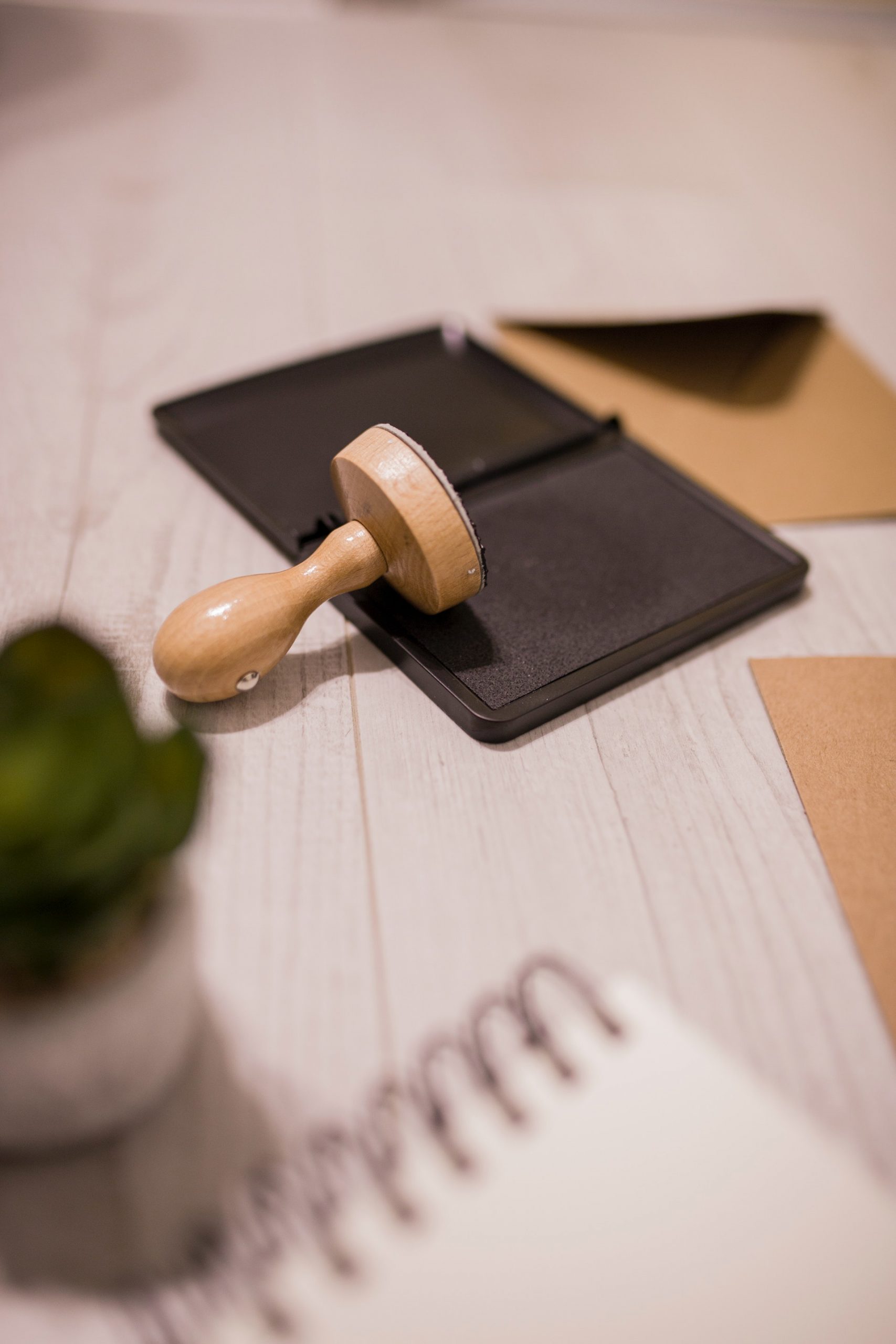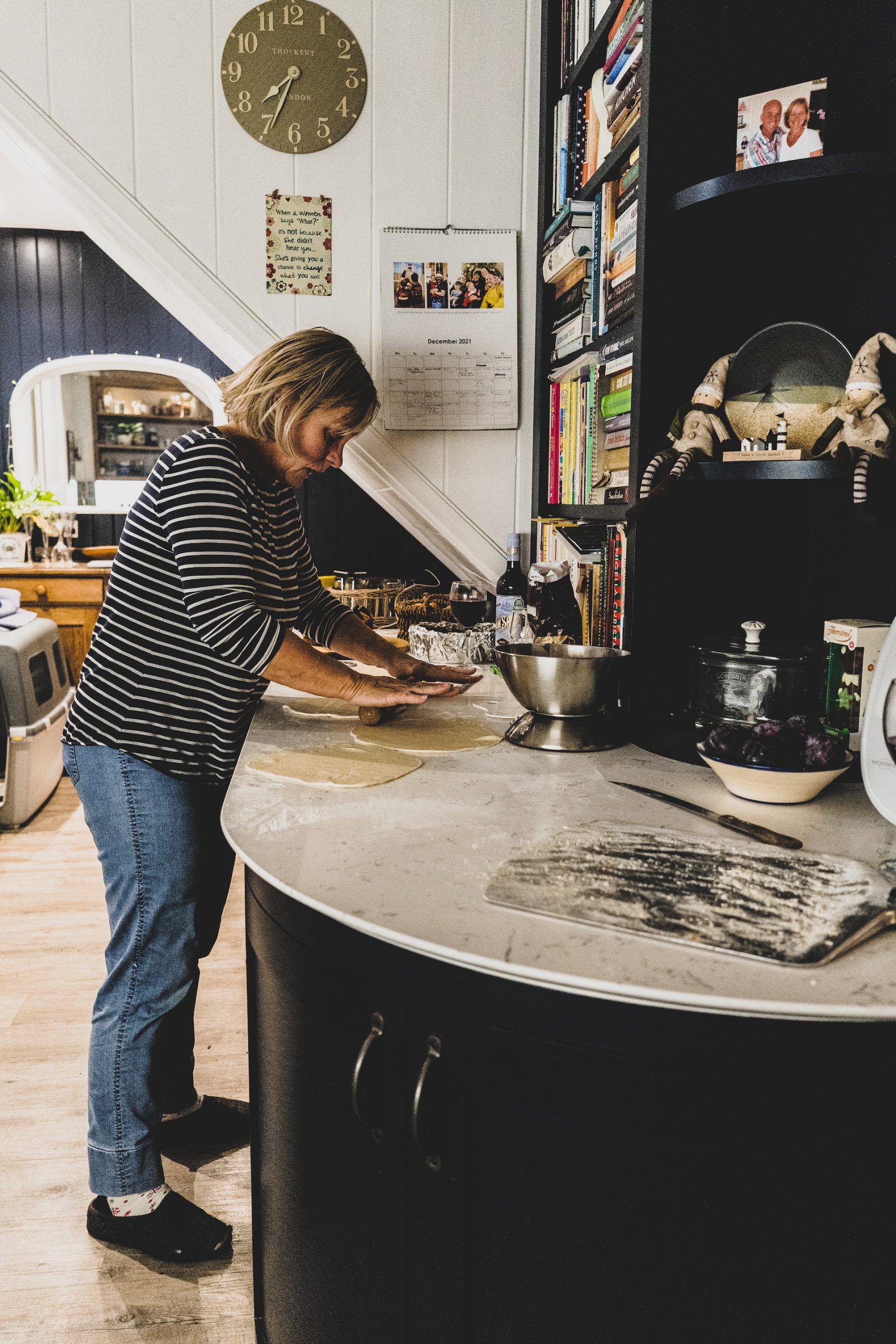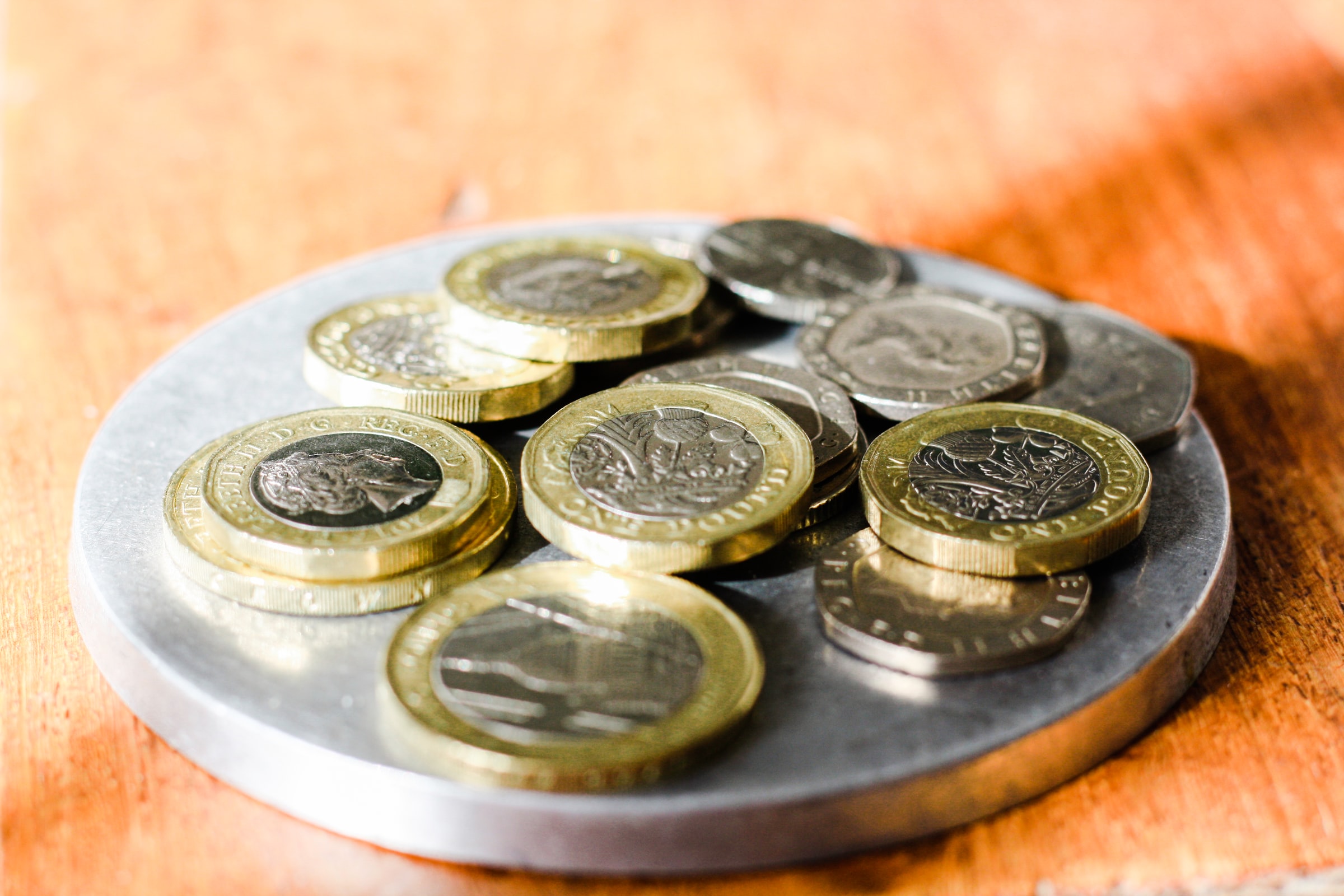Shared ownership is a Help to Buy scheme. It provides a way for first-time buyers to get on the property ladder. At first glance it might seem complicated and confusing, but it’s actually quite straightforward. We’ve produced this handy guide to help you understand what it’s all about.
What's Included?
How does shared ownership work?
Shared ownership allows first-time buyers to part-buy their homes while paying rent on the rest. The buyer takes out a mortgage to purchase a certain percentage of the property, called a stake, from a housing assocation. This stake can be anything from 25% to 75% of the full value. They then pay rent of up to 3% on the remainder.
Shared ownership requires the buyer to put down a minimum of 5% deposit. However, this deposit is only 5% of their share, rather than the overall value, which means the deposit works out cheaper.
How is shared ownership rent calculated?
Let’s say you buy a 35% stake in a home valued at £200,000. This means you will need a mortgage of £70,000 to buy the stake.
Let’s then say housing association charges you 2.75% on the remainder, which is £130,000. That’s £3,575 annually, or about £297.92 a month.
Bear in mind that you’ll also be needing to pay mortgage repayments on top of your rent. Otherwise, you’ll lose your stake, same as with any mortgage. However, with the deposit subtracted, these repayments will usually be far less than if you were paying off a full mortgage.
This may sound expensive, but in some circumstances your combined rent and repayments may well work out cheaper than either mortgage repayments or rent. This is what makes the scheme attractive for first-time buyers.
How do I apply for shared ownership?
You don’t have to be a first-time buyer to qualify for shared ownership, but you do need to have a household income under £80,000 (£90,000 if you live in London).
To apply for the scheme, you need to register with the Help to Buy Agent that covers your region. Once registered, you can complete a shared ownership application form. This form will ask you questions about your current income, your financial history and your savings. Once accepted, you will then be allowed to look at shared ownership properties. You will need to pay a small fee for this – around £200.
Your chosen housing association will want a more complete look at your financial history, involving the sort of documents you need when applying for a mortgage – photo ID, bank statements, payslips, savings, and so on. They will inform you of what documentation you need. As with applying for a mortgage, they will also want to check your credit.
Register with Credibble for help with improving your credit rating!
Where do I apply for a shared ownership mortgage?
Many high street lenders will happily lend to first-time buyers for shared ownership. You might wish to speak to a broker for ideas.
Shared-ownership mortgages involve lending out less money, so they are lower-risk, especially for untested borrowers. With that said, however, you will be subject to the same testing and checks as if you were borrowing the full purchase price.
Additionally, lenders will likely not lend to you if your income is likely to be stretched. Shared ownership properties are sold on a leasehold basis, not freehold. This means you are leasing the land the home is on from the true landowner (the housing association). This means you’ll be paying rent for the property, ground rent, and service charges, plus mortgage repayments. It’s just the nature of the scheme.
If lenders aren’t confident you can handle those monthly payments, they won’t lend to you, so you need to be sure your household income can support this.
Can I buy any house I like on the shared ownership scheme?
No, you cannot buy any house you like through shared ownership. You must buy a stake in a property that belongs to a participating housing association. This is because shared ownership is subsidised by the Government to help more people get on the property ladder.
As mentioned above, shared ownership properties are sold on a leasehold basis, not freehold. This means that the home is in your name, but you are leasing the land on which the home stands from the landowners. Usually with shared ownership, your lease will last 99 years, or until you end the lease (by moving out).
Shared ownership housing can be a new-build or an older building. These carry the advantages and disadvantages that we discussed in our article on new builds vs older buildings.
The benefits and disadvantages of shared ownership
Shared ownership has many boons for the first-time buyer, but it’s also not without its drawbacks.
Pro
Shared ownership can get you on the property ladder sooner than if you went the more traditional route.
Con
You can’t be choosy about location. Because you rely on housing associations, you’ll have to move wherever they’re set up.
Pro
Shared ownership is sometimes much cheaper than renting. Especially in London, where rents are often extremely high.
Con
It can be troublesome to get a mortgage for shared ownership. This is because, as previously mentioned, shared ownership comes with a lot of additional side-costs.
Pro
You can sell your shared ownership home whenever you like. If the property has increased in value, that can be very beneficial when looking for a new home.
Con
On the other hand, if the value of the property has increased, it might make it difficult to sell. More expensive stakes mean less willing buyers!
Pro
You can buy a bigger and bigger stake in your home as time goes on, lowering the rent you have to pay on the remainder. This is called “staircasing”.
Con
Shared ownership comes with a lot of additional costs, such as service charges. Though nearly all leaseholds come with these costs, so it’s not a unique problem.
Will I need to pay stamp duty on a shared ownership property?
It’s unlikely you’ll need to pay stamp duty if you’re a first-time buyer. (The rules are different if you’re not a first-time buyer.)
However, just because you don’t need to doesn’t mean it’s not a good idea. After all, if you plan to buy a bigger stake down the line, it might be worth paying all the stamp duty up front rather than leaving it. On the other hand, if you’re planning to move on after a few years, it doesn’t make much sense to do this.
Bear in mind, however, that once you’ve bought up to 80% stake in your home, you’ll need to pay stamp duty on it, and you’ll have to pay it again for every subsequent stake up to 100%, at which point you would of course legally own the home. So, really, it depends on what your long-term plan is for the home, and it’s something to seriously consider.
Remember also that first-time buyers get a discount on stamp duty, with no stamp duty paid at all up to £300,000. So, depending on the value of your property, you may not need to pay any stamp duty anyway.
On the other hand, you may have to pay stamp duty on your annual rent, since it’s going towards paying off the remaining value of the home.
Can I sell my shared ownership property?
Yes, you can sell your shared ownership property. The house may have gone up in value since you bought it. This means you can get some nice returns on your investment, and put the money towards buying up.
However, it’s good to bear in mind that if the home has gone up in value, it may be more difficult to sell – properties on the scheme are, after all, intended to be affordable housing. If you have “staircased” (bought more stakes in your property) then it may be harder to find willing buyers.
If you do want to sell, however, you need to get in touch with your housing association, who will arrange fees and valuations. They will then advertise the property and let you know when a prospective buyer is interested.
Shared ownership – FAQs
What happens if I have a shared ownership property and need repairs done?
Repairs are usually your responsibility. Even though you’re paying rent to your housing association, you’re not considered a tenant. Nor are they considered landlords. Therefore, upkeep falls to you, rather than them. The only repairs that the housing association must take responsibility for are any communal areas.
Can I sublet my shared ownership property?
You are not usually allowed to sublet your property, similarly to if you were renting. It depends on what you agree with the housing association. They may allow you to keep lodgers (someone who lives with you) but not tenants – check first.
Can I redecorate or make other changes to my shared ownership property?
Redecoration (repainting the walls, changing the wallpaper) is usually fine, unlike if you were just renting. However, in most cases you may not make structural changes. This means you may not knock through walls or build an extension on to your property, such as a conservatory or loft conversion, without consulting the housing association first.
Can I use a normal solicitor or conveyancer?
The housing association will often recommend you a solicitor before you buy. Using these solicitors is not compulsory, but it is a good idea to use a solicitor that understands the law around shared ownership.
Credibble offers two fabulous solutions
If you’re preparing to take a mortgage, never apply until you’ve tried our unique and FREE Credibble Home app. Our smart technology will tell you what you need to fix so you avoid rejection. The app predicts when you will be able to buy, for how much and tracks your month-by-month progress to mortgage success. We’ve even added your own mortgage broker, so you get the best deals available.
More focused on your credit rating? Well, get started for free with Credibble’s 24- Factor Credit Check to truly help you improve your creditworthiness and how lenders view you. (Remember: lenders don’t use your credit score! We’ll show you what lenders look for and how to get your credit report in the best shape possible).
